Categories
Speciality Areas
Managing the Upper Extremities of the Seated Person
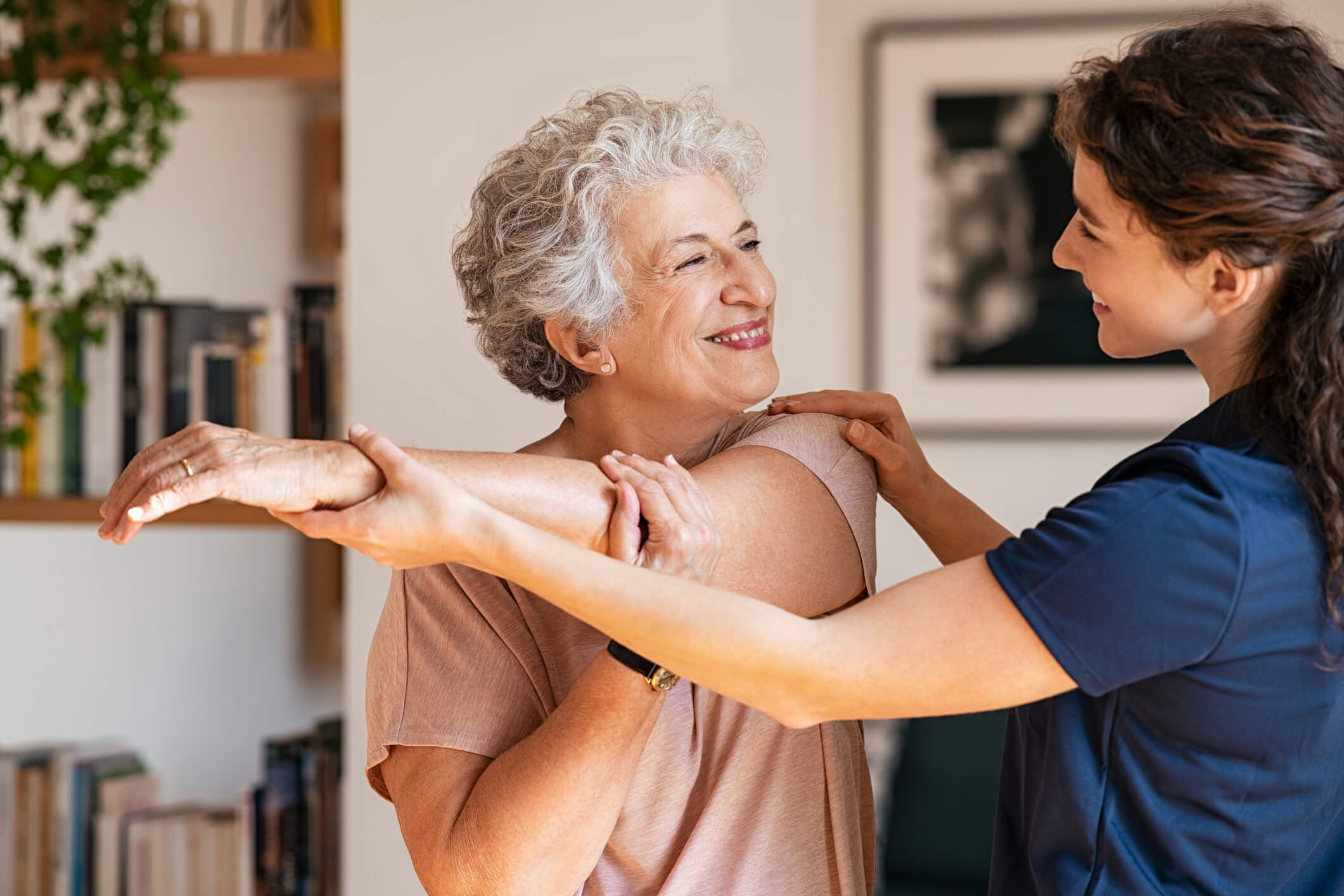
Over the years engineers have made a steady progression in improving wheelchairs and their accessories to the benefit of their occupants. Improvements have been made in reducing the weight of components, and increasing the adaptability of components. Postural support devices for positioning the pelvis, the lower extremities, the trunk, and the head have been developed to improve the occupant’s functionality. The area that has been previously overlooked has been around the management of the upper extremities, but this has now been tackled, as covered in this article.
Despite progress in many aspects of wheelchair development, an area that has had little attention has been the facilitation of the use and the preservation of function of our upper extremities. Not only this, often back supports restrict our shoulder blades from behind, while chest or shoulder harnesses can heavily restrict movement from the front. Overall, we are trying to achieve the balance of postural management with facilitating functional activity. For day-to-day functionality, the use of our hands and upper extremities can be critical. But what has been available to facilitate this?
To control our hands we need to have control of our arms, and for that we need control of our shoulders. The shoulder is the most mobile joint in the body. It comprises a complex structure of bones, ligaments, and muscles that work together to keep it stable. However, because the shoulder is so mobile, it is also very susceptible to dislocation. Shoulder subluxation, a partial dislocation of the shoulder joint, is not uncommon. This occurs when the ball of the upper arm bone, the humerus, partly comes out of the glenoid socket in the shoulder. Complications of shoulder subluxation include: shoulder pain, loss of upper extremity function, tone increase, tendinitis of the rotator cuff tendons, and stiffening of the shoulder joint capsule. A shoulder subluxation is often the result of trauma, injury, neuromuscular disease, or a stroke (CVA) that weakens the arm muscles.
Upper body trauma
Many people who’ve had a stroke end up with mobility difficulties, and as a result come to depend on a wheelchair. 80% of these individuals develop shoulder subluxation as a result of muscle weakness leading to shoulder joint destabilisation together with gravity pulling down on the head of the humerus bone1. 29% of post-stroke patients suffer from shoulder pain2 .
After traumatic brain injury, one report showed that 84% of the patients developed contractures, and after just 4 weeks 23% of these contractures had become ‘fixed’3. It is therefore critical that early intervention be applied, since this can prevent these problems developing. In addition, apart from the loss of function, these sudden onset mobility challenges frequently come with severe pain.
Arm supports, rests or thoughts
Most wheelchairs’ arm supports do little to prevent or alleviate these problems of pain and reduced functionality. Maybe this is because the arm supports are still often being referred to as arm rests, showing no recognition of their clinical importance?
What are the challenges with common wheelchair arm rests? Just as foot supports should be adjustable to achieve the optimum distance for the lower leg from the seat cushion, arm supports should be finitely adjustable to get the forearm (and therefore the upper arm) at the right height. Further, the top of the arm support should support the forearm and wrist so that they do not fall off the support (Figure 1).
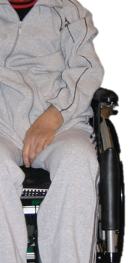
Figure 1. A typical arm rest providing little arm support
When the arm support is provided in the form of a standard ‘trough’, there are three problems with this design. One is that the trough restricts movement and thereby restricts both physical rehabilitation and also general function; secondly, the arm tends to be forced parallel with the seat frame, whereas the anatomically correct position is to allow the forearm to rotate medially by 10-15 degrees; and thirdly, the hand tends to fall into a flattened pronated position and the fingers and wrist remain unsupported (Figure 2).
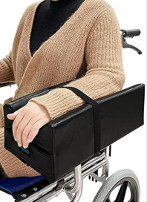
Figure 2. Restrictions of an arm trough
To have a perception of where the arm should rest: while seated, drop your arms down by your sides in a relaxed position. Then flex your arms at the elbows and see where your forearm and hand positions end up. This is the anatomically preferable resting position of the hand and forearm, and thence the upper arm and shoulder joint.
So what do we need for an anatomically correct arm support? The answer is:
- One that supports the elbow at the right height (supporting the elbow in line with the shoulder joint will help prevent subluxation),
- One that supports the distal forearm in a medially rotated position,
- One that permits dynamic movement of the forearm, one that supports the hand in the optimal position and with the thumb abducted, and
- One that allows hand movement, but can absorb unintended tone.
Such a device is now available in the shape of the ModuformTM. This device was invented by the Belgian physiotherapist and seating specialist Bart Van der Heyden4 (Figure 3) in 2009, and has since been developed and released by Bodypoint5.

Figure 3. Bart Van der Heyden, PT, and inventor of the ModuformTM
The ModuformTM (Figure 4) supports the distal forearm in an anatomical Figure 3. resting position, as Bart Van der Heyden, PT, and inventor of well as supporting the hand and fingers, the ModuformTM thereby providing three points of support for the upper extremities. Positioning the hand so the thumbs are abducted and extended, with the fingers extended, provides a tone-inhibiting position. In the event that tone of the finger flexor muscles occurs, the dynamic finger section of the ModuformTM will absorb tone, while a strap over the metacarpals will control the hand position during extensor spasms. In addition, by allowing the elbow section to pivot, shoulder movement can remain, and even be trained, while the upper extremities are held in a safe anatomical position. The ModuformTM helps keep the hand in view, thereby reducing ‘neglect’.
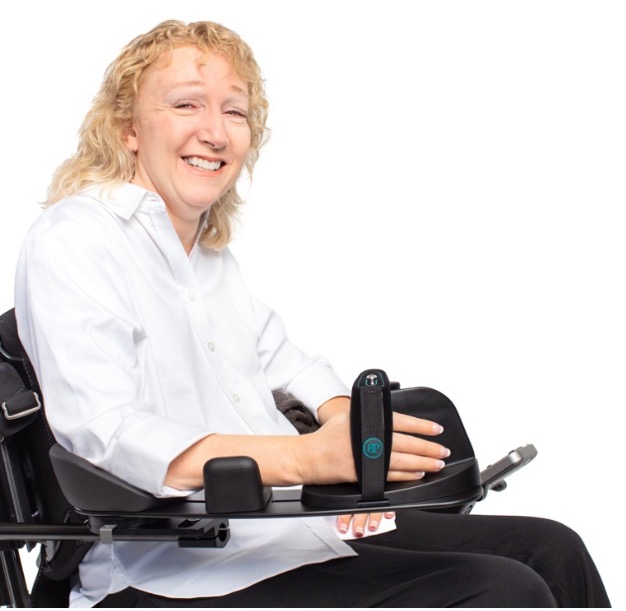
Figure 4. The ModuformTM dynamic arm support
The ModuformTM dynamic arm support enables appropriate support as it offers three-point positioning, while providing the following benefits:
- Supports the entire upper extremity for optimal results
- Is customisable ‘off the shelf’, making it:
- Configurable and adjustable
- Provides proprioceptive input to the shoulder
- Allows for progressive positioning
- Facilitates a functional position of the hand and tone reduction
The ModuformTM also offers unique adjustment where:
- Gross lateral and rotational positioning can be accomplished through appropriate placement of the base plate
- A pivot system allows for 60 degrees of total range of motion (ROM): 30 degrees of internal rotation and 30 degrees of external rotation at the shoulder, which
- Facilitates active ROM and proprioceptive exercise
- Allows for optimal positioning that can be changed as needs change
- Progressive position changes are possible over time
- Each component can be individually adjusted for fit and function (Figure 5)
Applications
The ModuformTM dynamic upper extremity support is appropriate for the management of hypertonicity, resistance to passive movement, shoulder pain, and shoulder subluxation involving neurological involvement of the upper extremities arising from:
- Stroke (CVA)
- Brachial plexus injury
- Other progressive or traumatic neurological impacts on the upper extremity as may be seen in diagnoses such as
- Spinal cord injury (SCI)
- Traumatic Brain Injury (TBI)
- Muscular dystrophies
- Multiple sclerosis
- Parkinson’s
The ability to set up the device correctly, and the means for allowing movement in the right planes, are both critical for pain relief, for early physical rehabilitation, and for dynamic functionality. As ever, the earlier the intervention, the fewer the subsequent complications, and the faster the rehabilitation.
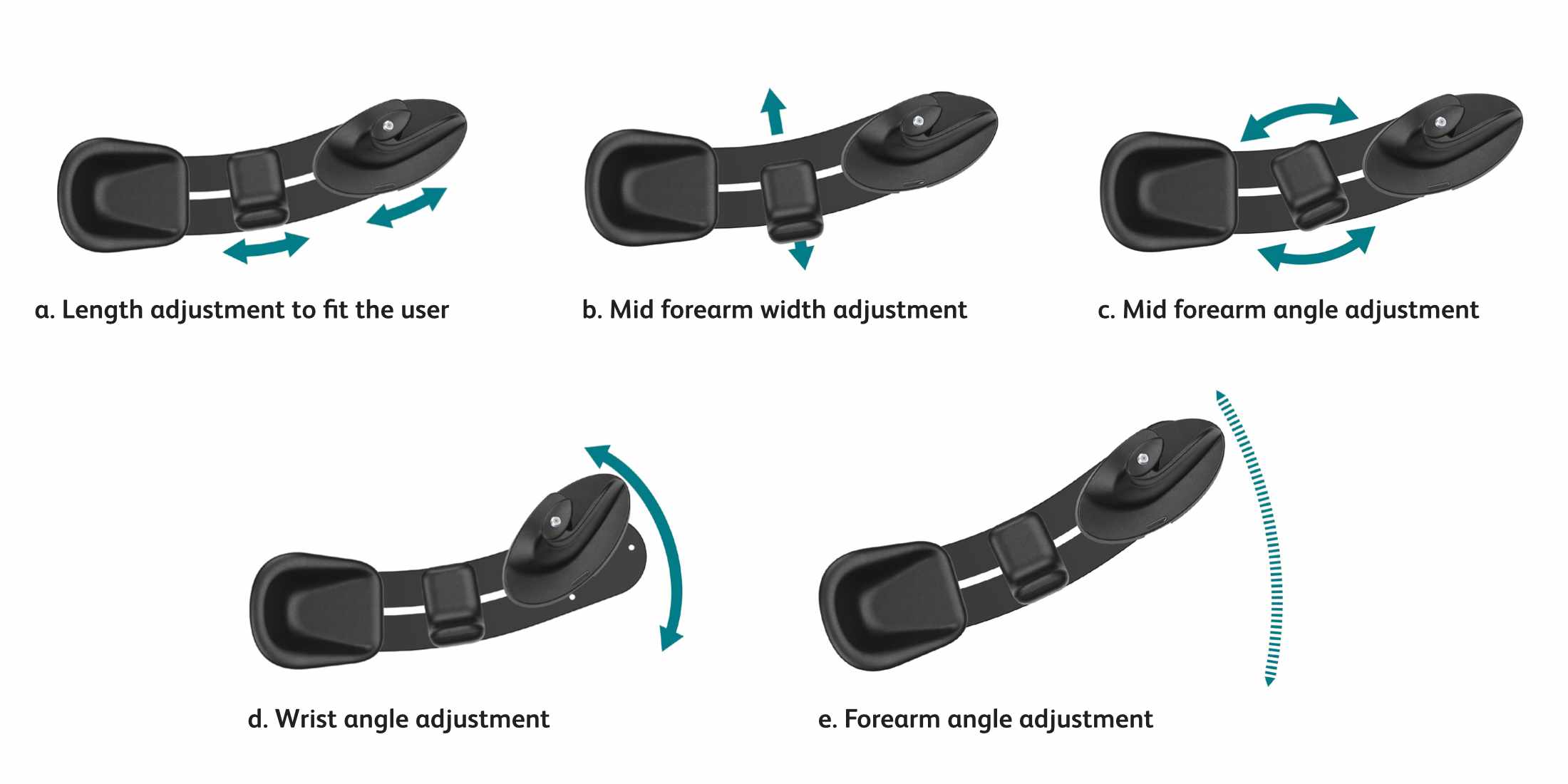
Figure 5. Adjustability of the ModuformTM
References
- Arya KN, et al. 2018 Rehabilitation methods for reducing shoulder subluxation in post-stroke hemiparesis: a systematic review. Topics in Stroke Rehabilitation 25, 68-81
- Adey-Wakeling Z, et al. 2015 Incidence and Associations of Hemiplegic Shoulder Pain Poststroke: Prospective Population- Based Study. Archives of Physical Medicine and Rehabilitation 96, 241-247.
- Mousa AS, et al. 2022 Assessment of Extremities Muscle Contracture for Critically Brain Injured Patients. International Journal of Novel Research in Healthcare and Nursing 9, 147-157
- www.super-seating.com
- https://modulararmsupports.com/